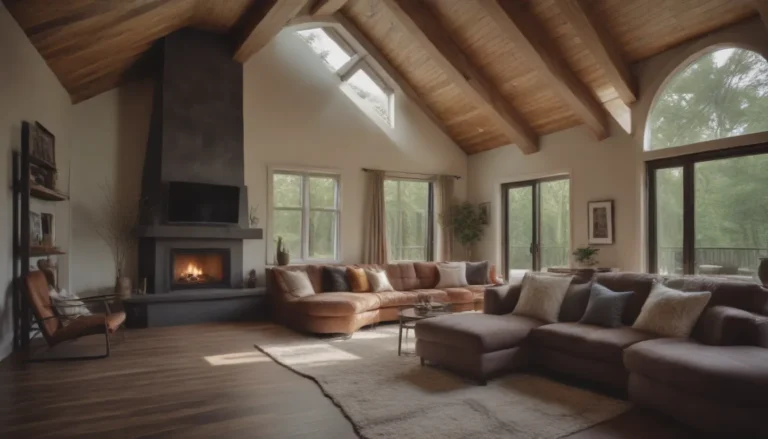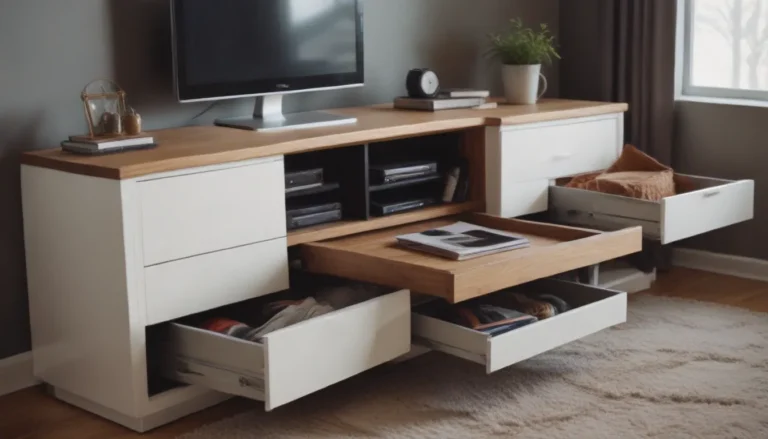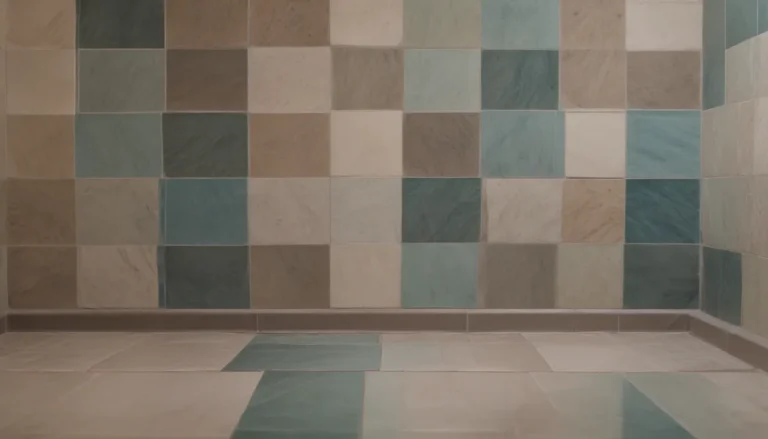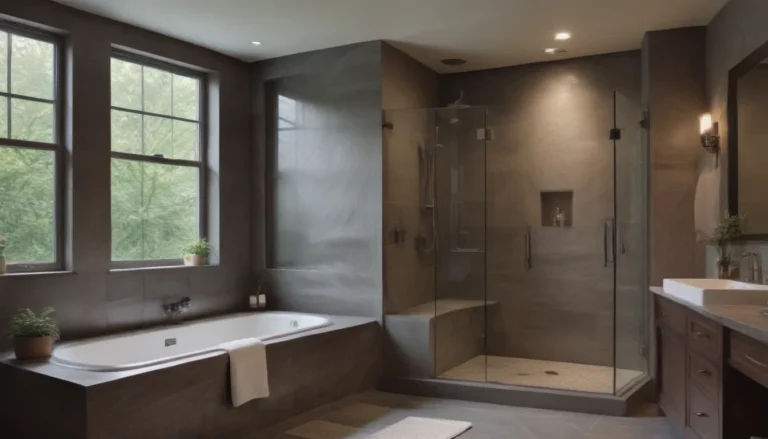Exploring the World of Cob Houses

Welcome to the realm of cob houses, where nature and creativity blend seamlessly to create unique and sustainable living spaces. If you’ve ever been curious about these charming earthen dwellings, you’ve come to the right place. In this comprehensive guide, we will delve into the fundamentals of cob houses, the key features that set them apart, architectural variations, and much more. So, grab a cup of tea, get cozy, and let’s embark on a journey to uncover the beauty and resilience of cob houses.
Unveiling the Essence of Cob Houses
At its core, a cob house is a structure crafted from cob, a blend of sand, clay, and straw. This ancient building material dates back centuries and has stood the test of time due to its durability and sustainability. By combining these natural elements in the right proportions and adding water, builders create a robust material that is molded and shaped by hand to form walls, archways, and other architectural elements. Unlike conventional brick houses, cob houses are constructed layer-by-layer, giving them their signature organic look and feel. As layers of cob are applied and allowed to dry, the structure gradually takes shape, embodying the essence of a cob house.
- Key Takeaway: The term ‘cob’ originated from Old English, meaning ‘lump,’ reflecting the method of shaping the material into desired forms.
The Resilience of Cob Houses
One of the most remarkable aspects of cob houses is their resilience to external forces. These earthen structures boast a range of features that make them stand out from traditional homes:
- Fire-Resistance: Cob houses are inherently fire-resistant, offering a level of protection not found in many modern constructions. The dense earthen walls of cob provide a natural barrier against flames, making these homes a safe haven in case of fire incidents.
- Earthquake-Resistance: Due to their flexible and sturdy construction, cob houses can withstand earthquakes better than conventional buildings. The cohesive nature of cob helps dissipate seismic energy, reducing the risk of structural damage.
- Longevity: With proper care and maintenance, cob houses have been known to last for thousands of years. Their enduring quality speaks to the time-honored craftsmanship and materials used in their construction.
Embracing the Aesthetics of Cob Houses
If you’ve ever admired the whimsical, curved shapes and artistic embellishments of cob houses, you’re not alone. These structures are renowned for their unique architectural features and attention to detail:
- Organic Shapes: Cob houses often take on rounded and curved forms, reflecting the natural flow of the materials used in their construction. From arched doorways to built-in shelves, every element of a cob house is carefully designed to blend seamlessly with its surroundings.
- Handcrafted Artwork: Many cob houses incorporate hand-molded artwork into their walls and exteriors, adding a touch of creativity and personalization to the space. The use of natural materials and earthy colors enhances the aesthetic appeal of cob houses, creating a warm and inviting atmosphere.
- Sustainable Interiors: In keeping with their eco-friendly ethos, cob houses often feature interiors furnished with natural, locally-sourced materials. From wooden furniture to stone accents, every aspect of a cob house is chosen with sustainability in mind, creating a harmonious living environment.
Fun Fact
Did you know that cob houses are often built by hand by the homeowner? Using a simple technique of mixing cob on a tarp with bare feet, individuals can create their own custom-built homes, imbuing each space with a sense of authenticity and charm.
Exploring Architectural Variations
While cob houses are typically small in size, they offer a wealth of architectural possibilities for creative homeowners:
- Single-Story Structures: Many cob houses can be built without the need for wooden framing, relying solely on the strength and resilience of cob walls. This minimalist approach to construction highlights the natural beauty of the materials used.
- Two-Story Designs: For those seeking a bit more space, two-story cob houses are a popular choice. By incorporating a wooden frame for support, builders can create multi-level dwellings that retain the charm and durability of traditional cob houses.
- Custom Features: From built-in shelving to cozy nooks and fireplaces, cob houses can be customized to suit the needs and preferences of their inhabitants. The versatility of cob as a building material allows for endless design possibilities, making each cob house a unique creation.
Maintenance and Practical Considerations
While cob houses offer numerous benefits, they also require special care and attention to ensure their longevity:
- Air Out the House: Once construction is complete, it’s essential to allow the cob house to air out for several months before sealing the walls and floors. This process helps the cob material fully cure and settle, ensuring a stable and comfortable living environment.
- Use Dehumidifiers: To prevent moisture buildup and promote proper drying of the cob walls, it’s recommended to use dehumidifiers in the initial years after construction. This helps maintain the structural integrity of the house and prolong its lifespan.
- Legal Considerations: In the United States, cob houses are legal to build, but regulations may vary depending on your location. Always check local building requirements and obtain any necessary permits before embarking on a cob house project.
- Weather Protection: While cob houses are resistant to rain and weather, it’s important to protect the cob material from prolonged exposure to moisture. Building a roof with wide eaves and a waterproof foundation can help safeguard the integrity of the structure.
Fun Fact
The Cob Research Institute has developed a Cob Code approved for the 2021 International Residential Code (IRC), setting standards for cob construction and promoting the use of this sustainable building material in modern housing projects.
Conclusion
In conclusion, cob houses offer a unique blend of artistry, sustainability, and resilience that sets them apart from conventional dwellings. From their earthy charm to their eco-friendly construction, cob houses embody a harmonious relationship with nature and creativity. Whether you’re drawn to the whimsical shapes and handcrafted details or the enduring quality and safety features of cob houses, there’s much to appreciate and explore in this captivating world of earthen architecture. So, if you’re considering building your own cob house or simply curious about this ancient building technique, take a closer look at the beauty and benefits of cob houses—it may just inspire you to create your own sustainable sanctuary.





